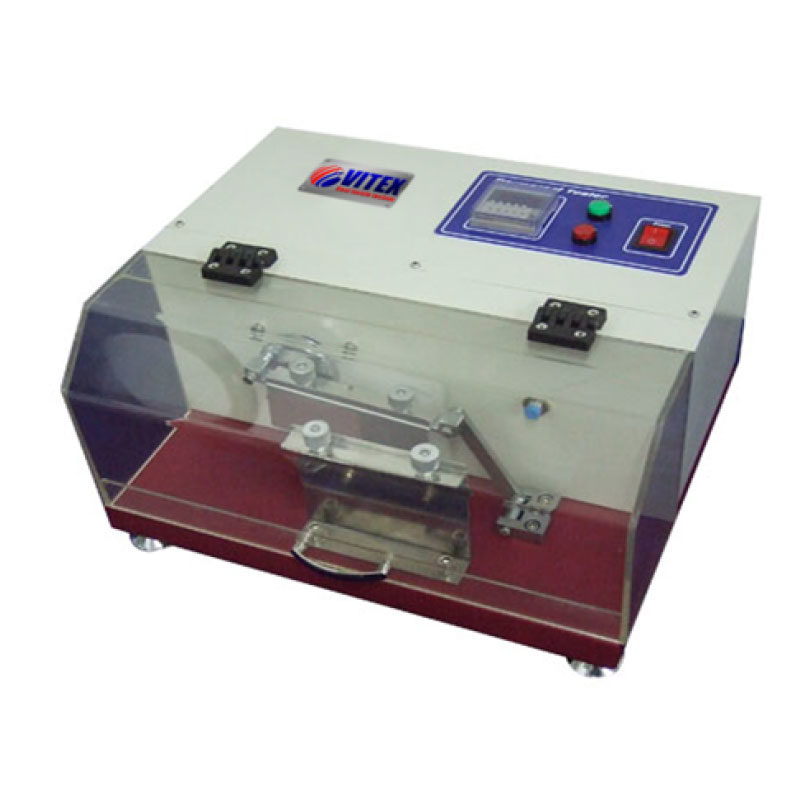Application
Down-proof Tester, to determine the down-proof capability of fabrics used for down-garment, quilt, etc, which are filled with down, feather and fibers.
Take an agreed size specimen from the fabric to be tested to sew a pocket at specified size, fill with a certain weight of down, feathers or a mixture of both, then sew the fabric up to be a testing bag. Clamp the both sides of the bag in the holder. Determine the down-proof ability of the fabric by calculating the number of down and feathers through the fabric.
Standards
BS 12132, EN 12132-1, GB/T 12705.1
Power
220 /110 V 50/60 Hz
Weight
45 Kg
Dimensions
400 x 270 x 190 mm (L x W x H)



